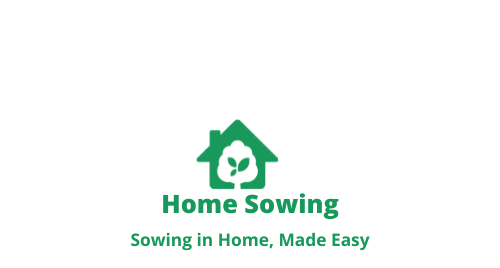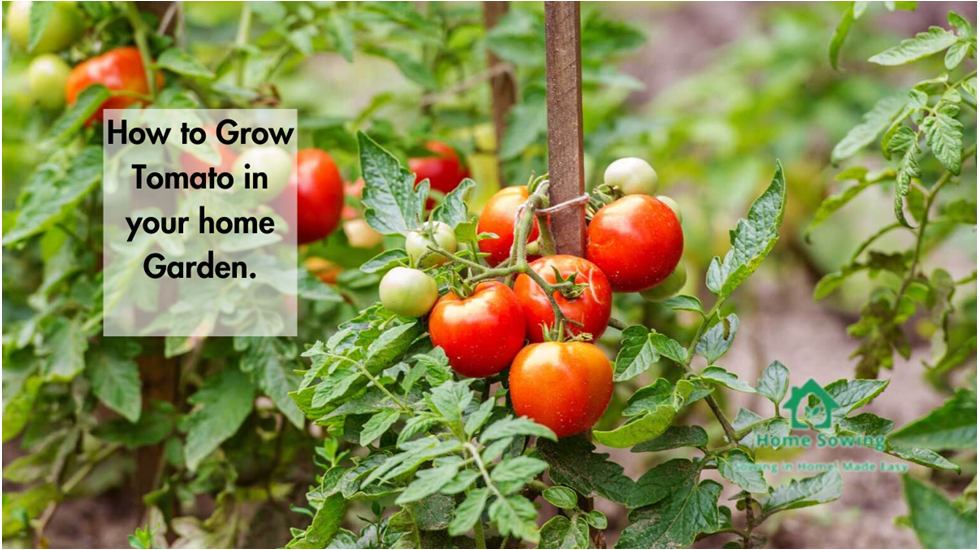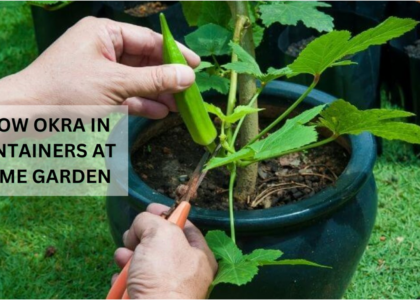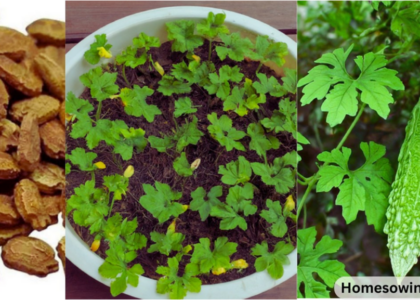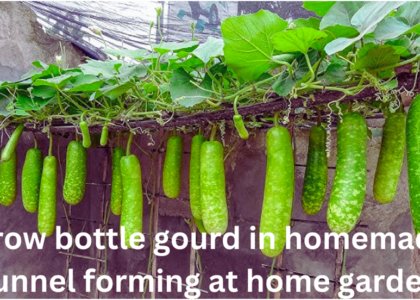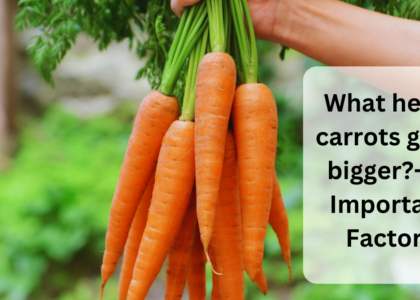
First things first: soil Are you ready to embark on a journey into the wonderful world of home gardening? If so, growing tomatoes is an excellent place to start! Tomatoes are not only delicious and versatile but also relatively easy to cultivate, making them perfect for beginners. In this comprehensive guide, we’ll walk you through everything you need to know to successfully grow tomatoes in your own backyard.
Getting Start with Tomato Gardening
Before you get your hands dirty, let’s start by understanding the essentials of growing tomatoes. The key to a thriving tomato garden lies in proper soil preparation, planting methods, watering, fertilizing pest management, and harvesting. Let’s break down each of these steps to ensure your journey to tomato success is smooth and fruitful.
Soil Preparation
Preparation. To give your tomato plants the best start, you’ll need to focus on creating the right soil environment for optimal growth; tomatoes prefer well-draining soil with a pH level ranging from 6.0 to 6.8. Ensure your soil is loose and airy, allowing water to drain freely to prevent water logging, which can lead to root rot.
In addition to pH balance, enriching your soil with compost is essential. Compost adds vital nutrients to the soil, promoting healthy plant growth and robust fruit production.
Planting Methods
Once your soil is prepared, it’s time to decide how you want to plant your tomatoes. You have two primary options: transplanting seedlings or planting seeds directly into the ground or containers. Transplanting seedlings offers a head start and allows for precise spacing, while planting seeds directly provides a more hands-on gardening experience.
Whether you choose seedlings or seeds, make sure to plant them in a location that receives at least six to eight hours of sunlight per day.

Watering and fertilizing
Proper watering and fertilizing are crucial for healthy tomato plants.
Tomatoes thrive with consistent moisture, but avoid over-watering, as it can lead to root rot. Water deeply but infrequently, allowing the soil to dry out slightly between watering.
When it comes to fertilization opt for a balanced fertilizer applied throughout the growing season. This ensures your tomato plants receive the essential nutrients they need for vigorous growth and abundant fruiting.

Pest and Disease Management
To protect your tomato plants from pests and diseases, proactive management is key.
Consider companion planting with basil, marigolds, or nasturtiums to naturally deter harmful insects. These companion plants act as natural pest repellents, reducing the need for chemical pesticides.
In addition to companion planting, organic sprays like name oil or garlic spray can help control common pests while minimising harm to beneficial insects. Regular monitoring of your plants allows for early detection and intervention, preventing pest and disease outbreaks before they become severe.

Harvesting and Maintenance
Finally, the moment you’ve been waiting for: harvesting your delicious tomatoes.
Harvest tomatoes when they are fully ripe, firm, and brightly coloured. Ripe tomatoes are bursting with flavour and nutrients, making them perfect for fresh salads, sandwiches, or sauces.
To ensure a bountiful harvest, regular maintenance tasks such as pruning, staking, or caging are essential.Pruning promotes airflow and reduces the risk of disease, while staking or caging supports the weight of the plants and prevents sprawling.

